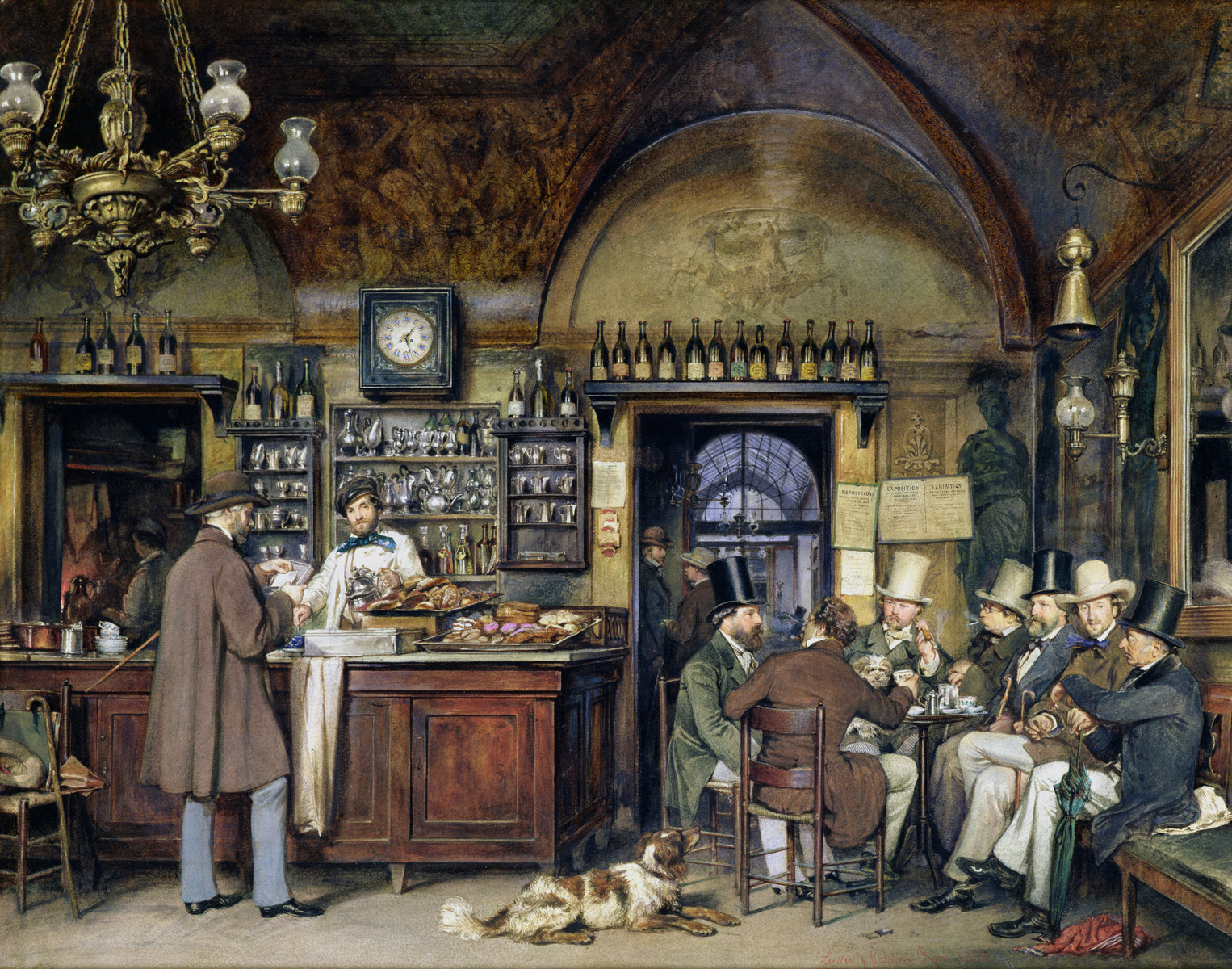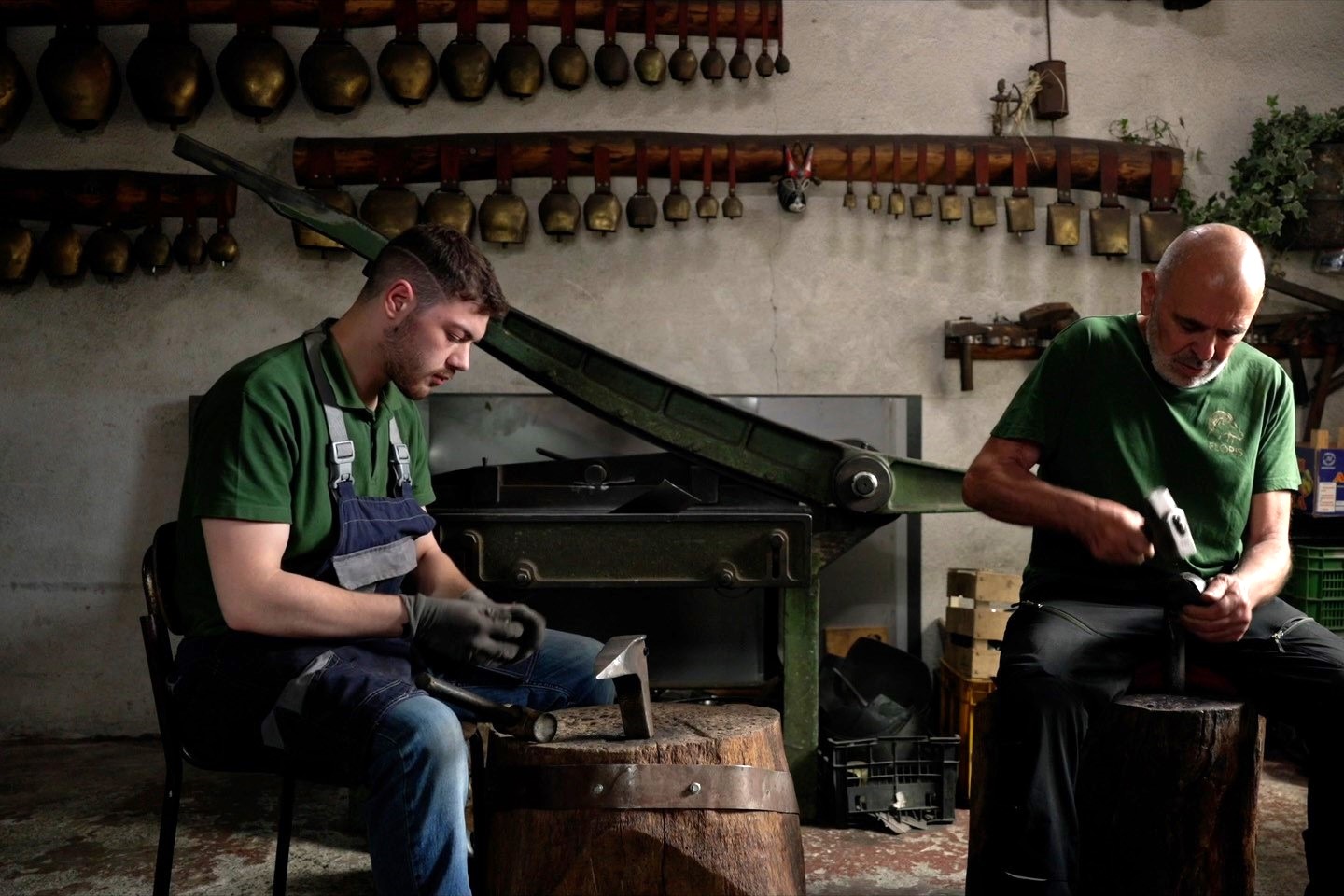More than a cafe, better than a bookstore: the Caffè Letterario tradition started four centuries ago in Europe when artists and writers used to meet in a public place, to exchange experiences, comments, and ideas on their work.
The “Caffè letterario” has changed over time. Today it is that place where literature-lovers gather to drink a cup of coffee while enjoying their favorite books and listening to music.
Venice, Rome, Florence, but also Padua, Pisa, Trieste: Italy is full of gorgeous little Caffè letterari, most of them dating back to the 18th century. More than a local tradition, they have become a way to celebrate arts and culture, with a variety of enthusiastic customers including students, painters, poets, and writers.
A journey among the greatest and oldest caffè letterari in Rome reveals how they have been an active part of the best of the Eternal City culture and history.
Located in the popular Via Condotti, between the Spanish Steps and Trinità dei Monti, Antico Caffè Greco used to have – among other customers – kings, queens, maharajah, writers, poets, composers, actors, and singers. Its antique marbles tables have been used by famous writers and poets, often inspired by the Dolce Vita romana, for their stories and poems.
This cafe officially opened in 1760, and its customers may have run into Gogol, Wagner, Goethe, Casanova, Stendhal, who enjoyed its 300 artworks and the world’s largest private art gallery open to the public. Today the cafe has four rooms, among which is the stunning Sala Venezia.
In 1765, Giovani Battista Piranesi had the idea of decorating this room to evoke a special atmosphere in a place used mainly for entertainment, drinking, and cards. Piranesi painted some hieroglyphics, pyramids, and statues of Egyptian divinities. Forty years later, Carl Philipp Fohr wanted to add something more, in order to celebrate friendship. He came up with sketches and portrait studies of Overbeck, Koch, Reinhart, Veit, Cornelius, Horny and other artists. Unfortunately, he never completed the project due to his unfortunate death in the Tiber river.
Close to Piazza del Popolo, is located the well known Caffé Rosati, built in the early 1900s, chosen by intellectuals wishing to escape the trendy cafes along Via Veneto. Among its most famous visitors, there was the Roman poet Trilussa, who was said to be attracted by the delicious pastries produced by the cafe at that time.
In the ’50s, writers and artists –lacking calendar and communications technology – used to meet there without preset appointments. It was easy for them to show up to meet Flaiano and Moravia, to find and discuss with them new ideas.
Right opposite Caffè Rosati, Caffè Canova started soon after World War II. Mainly visited by middle-class people, Federico Fellini loved to spend time there thinking of his next movie. Those attending the “Mass of the Artists”, at nearby Santa Maria di Montesanto, also couldn’t help but stop by afterwards for a coffee or aperitif at the outdoor tables.
The Caffè Aragno has been in operation from 1886. In 1955 the name was changed to Alemagna and then, in 1977, to Roma Corso. The cafe is located in Via del Corso, in the Palazzo Marignoli. It became famous in the early decades of the 20th century. Some artists used to stop by so often, the Italian painter Amerigo Bartoli made a group portrait with all those considered friends of the cafe. The painting, dated 1930, is now exhibited at the National Gallery of Modern Art in Rome.
With the passage of time, the historical caffè letterari have been followed by other new experiments, such as Lettere Caffè, founded in October 1999 by the editors of the monthly magazine “Letters”. This is a new philosophy in the heart of Trastevere, close to the concept of the literary café of the Central European tradition, open to cultural proposals from young and old artists, where people don’t just discuss literary ideas but share their musical, visual, and theatrical projects. It’s a terrific opportunity for all the artists who have a tough time making money from their creative work.






























